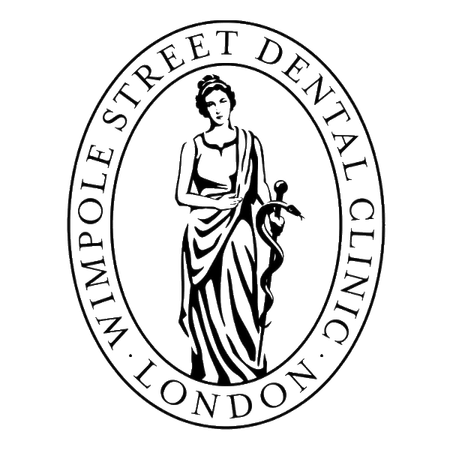Endodontic considerations
A precise diagnosis can be very difficult to obtain when the symptoms are vague. Standard tests sometimes produce contradictory results and the X-ray image may also not give any clear evidence of possible causes.
Extra caution is advised in following situations:
Access
If the patient has a limited oral aperture, it could be difficult to treat posterior teeth.
Sclerotic nerve canals
Often with elderly patients or patients with restored teeth or teeth trauma, sclerotic channels can be difficult to locate.
Curved channels
Curved canals are often difficult to treat and may require special techniques for a clean preparation. Without special instrumentation stepping within the canal can be caused or, in the worst cases, perforation could occur.
Revisions
If the previous root canal treatment fails then it is best for this to be revised by an expert. This includes the dissolution of blocked canals, the closure of perforations, the removal of pins and root canal filling materials of all kinds and, of course, broken instruments and silver pins.
Apicectomy
In the past, many failed root fillings were treated with root-tip resections. With this therapy the chance of success is only about 50%. The orthograde revision of inadequate root filling and, on the other hand, the reduction of germs, results in a much better chance of success. Although with the help of modern techniques the need for root-tip resection is much lower, this therapy is sometimes still required. In such a case we make use of our most up-to-date microsurgical techniques.
Root canal treatments as an elective procedure
In certain situations the pulp must be sacrificed for restorative reasons or because of questionable vitality. Root canal treatment as an elective treatment may also be indicated even if the tooth has no symptoms. A root canal treatment, however, can be indicated as an elective procedure even if the tooth shows no symptoms, when the
New page design
Written by: Prof Dr Christian Mehl
Medically reviewed by: Dr Raul Costa
Original content created
Written by: Prof Dr Christian Mehl
Medically reviewed by: Dr Raul Costa
Wimpole St Dental Clinic has strict sourcing guidelines and relies on peer-reviewed studies, academic research institutions, and medical associations. We avoid using tertiary references. You can learn more about how we ensure our content is accurate and current by reading our editorial policy.

